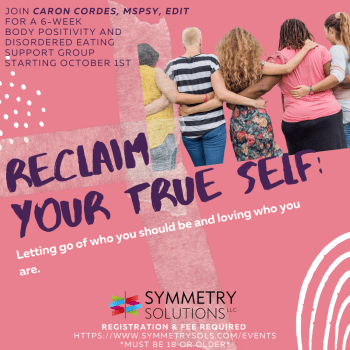I do a lot of reading in different journals/articles/etc. and come across a lot of research and statistics that may be of interest to some of my readers. So I’m going to try and start posting more that I come across as one more resource available on this blog.
- According to the National Campaign to Prevent Teen and Unplanned Pregnancy, adolescents who have babies cost American taxpayers about $10.9 billion per year. $2.3 billion spent on higher public sector healthcare costs, $2.8 billion on child welfare expenses, $2.3 billion on increased incarceration costs and $3.2 billion on lost revenue due to lower taxes paid by the teens and the child of teens who are more likely to live in poverty and gain lesser education opportunities.
- Teenager girls in foster care are twice as likely to become pregnant than their counterparts. 1 in 5 foster children have consensual sex at age 13 or younger compared to 1 in 10 for non-foster children. Many foster children will report wanting to have children as a means to create a family they never had. Guttmacher Policy Review, Spring 2011
- Researchers at Emory University’s Rollins School of Public Health have found that counties with the highest rate of poverty also had the highest rates of HIV infection. This affects southern states more so than norther states.
- Rapes against lesbians in South Africa are on the rise as a form of “correction.”
- According to US Sex Census, 1 in 5 Americans have tried sexting. 19% reported engaging in online sex, 18% had sex with someone they met online and 10% chatted about sex on Facebook or Twitter. Overall, Americans average 120 instances of intercourse per year (2.3 times per week) and reported a 76% satisfaction rate with their sex lives. Nearly 63% report wanting more frequent sex.
- The Institute of Medicine (IOM) recently came out with 348-page report called “The Health of Lesbian, Gay, Bisexual and Transgender People: Building a Foundation for Better Understanding.” Some of their findings included: the burden of HIV falls disproportionately on young men, particularly black and Latino men, who have sex with other men; LGB youth are at increased risk for suicidal ideation attempts as well as depression; rates of smoking, alcohol consumption and substance use may be higher among LGB than heterosexual youth, LGB adults appear to experience more mood/anxiety disorders and an elevated risk for suicidal ideation and attempts than heterosexual adults; lesbian and bisexual women may be at greater risk of obesity and breast cancer rates than heterosexual women; gay men and lesbians are less likely to be parents than heterosexuals although there have been no differences shown in adjustment or development between children raised by gay/lesbian parents vs heterosexual parents.
These stats were reported in Contemporary Sexuality, a publication put out by aasect.











